So within the simplest for that is the out there hours divided by variety of days. While Scrum requires groups to trace and handle progress all through the project to deliver functioning items frequently, a burndown chart isn’t a strict requirement. However, it’s an efficient device for monitoring progress, offering transparency, and predicting completion timelines. Scrum is an agile project management framework that’s regularly used by agile software growth groups. A burndown chart exhibits the quantity of labor that has been accomplished in an epic or dash, and the whole work remaining.
In quick, your burndown chart is a guide that permits you to maintain a detailed eye in your project’s timeline and workload. It helps you act accordingly so that you treat your deadline as a rule—not a suggestion. Let’s refer again to our example of the onboarding project and why there was such a slow start firstly. It’s essential to judge why your group only completed a handful of duties (instead of the 10 tasks you planned for) throughout these first three days. Now that you have a visible of what a burndown chart seems like, the concept hopefully isn’t as difficult as you initially thought. If you’re questioning whether or not it’s value going via the work to create one, let’s take a glance at some advantages.
In an ideal world, each Sprint in an Agile project would go precisely as deliberate, users would supply ample timelines and all facets of a project would keep on monitor. However, in the real world, scope modifications and unforeseen points come up, which may cause meeting and project timelines to be delayed. Burndown charts only show the number of story factors completed, they do not indicate any adjustments within the scope of labor as measured by whole points within the backlog. As a end result, it’s troublesome to tell whether or not modifications within the burndown chart may be attributed to backlog gadgets completed, or simply a rise (or a lot much less likely) a lower in story points.
The X-axis, or horizontal axis, represents the time remaining to complete the project, sometimes measured in sprints or days. In scrum initiatives, the X-axis typically shows the variety of sprints, whereas in different instances, it might present the variety of days left till the project’s completion. A burndown chart is a visible representation of the remaining work versus the time required to complete it.
Y-axis: Remaining Effort
It could be especially useful for teams working in sprints, as it could possibly successfully present whether your deadlines are capable of be met along the finest way. A burnout chart is essential but it’s not the one information that scrum teams can reference. There are many different reports and tools that may improve the probability of success.
For both types of burndown charts, the y-axis (vertical) represents the quantity of labor to be accomplished and the x (horizontal) axis represents the time allotted to do it. The prime left corner is your place to begin, and the profitable project end is the bottom proper. A burndown chart is a visible display of work completed and remaining in a project, sprint, or iteration. In most circumstances the x-axis of the chart represents time, while the y-axis represents work both accomplished or remaining. All of those burndown charts and alternate options supply various methods to track progress, make decisions, and handle initiatives successfully in agile environments. With your “ideal” line in place, you now have a simple illustration of what your project progress should seem like.
Step 1: Set Your Team’s Estimation Statistic
To efficiently complete their project in their deliberate six sprints, the team must average 60 story factors for every dash. You can see that the red line shows the progress that has been completed while the blue line exhibits the remaining effort wanted to complete the project. It demonstrates an instance of labor accomplished versus work that may definition of burndown chart be delivered during each iteration. It is very simple to create a project burn-down chart as following, so lengthy as you know what data you are monitoring. If you’re working in the area of product development or project administration, you have have seen the…

As you and your group complete duties, you should plot the project progress you truly made on your burndown chart. It can be utilized to track the entire work remaining in the sprint, and to project the chance of reaching the sprint aim. By tracking the remaining work throughout the dash, a staff can manage its progress, and reply to trends accordingly. For instance, if the burndown chart exhibits that the group may not reach the sprint objective, then they’ll take the required actions to stay on observe. Now that you perceive how to learn and use a burndown chart, you can create certainly one of your own.
Is A Burndown Chart Necessary In Scrum?
A burndown chart and a burnup chart are very similar—they have the same parts, obtain the same function and are used for agile project management. As its name suggests, the ideal work remaining line indicates the remaining work that a group has at a specific point of the project or dash underneath https://www.globalcloudteam.com/ ideal circumstances. Project managers use previous data to estimate this baseline and draft a straight line across the burndown chart. To stop this from occurring in your team, it’s important to concentrate on the first directive.

For almost each project, your finest strategy is to work at a consistent pace. In this scenario, that’d mean completing about 10 tasks per day (because 10 tasks over the course of 10 days will complete the a hundred duties you have to complete). But should you change the Estimate value after a sprint has started, it’ll show up as a scope change in the burndown chart. Once you’ve completed your story points, you can begin drawing your ideal remaining time and your precise time. These lines will likely look slightly different until your actual work ends up being the precise effort estimated at the beginning. That is as a outcome of we tend to purchase into the parable “Plan the work, work the plan” to usually with out placing the trouble in to complete the duties.
Step 1: Estimate The Hassle Required
The term “burn chart” is typically encountered, possibly as a generalization masking variants such because the “burn up chart”. The easy, visually appealing format is utilized by many Scrum practitioners as a outcome of it can be simply understood by all group members. If you need proof that the cliché about “best laid plans” is rooted in truth, look no additional than your work tasks. If you’re on the lookout for extra information on estimating work, check out our guide on Story points and agile estimation. This web site is using a security service to protect itself from on-line assaults.
If you want a high-level view of your project, ProjectManager has a real-time dashboard that tracks your dash as it occurs. Data mechanically populates for probably the most accurate view of your project. Teams can make selections based on present project information as opposed to referencing old knowledge. There’s a means to reply to this issue—incorporating an efficiency issue into the burndown chart. After the first iteration of a project, the efficiency issue is recalculated to allow for more accuracy. The project start line is the farthest point to the left of the chart and occurs on day zero of the project or iteration.
Burndown charts are used to measure how much work has been accomplished on a project during a particular timeframe, then compared to the amount of time still available to complete the project. They define the quantity of work planned versus what is carried out during each iteration. Once you complete these steps, you can click “burndown chart” in the board menu and view your new board. The chart will replace as you move cards along in your board, so you will at all times have an correct representation of your team’s work—without a ton of handbook work required.
Tracking refers to using these estimates to make sure work is on-track for completion. Project management software program like Asana provides integrations with these metrics and instruments, making it easier to trace and analyze your project’s efficiency. At the tip of the fifth day, each of the duties should add up to a total of eighty hours, as estimated in step one. Although the specifics can differ, it’s widespread to see the below sections of a burndown chart. Time is a constraint that applies to any project, notably to dynamic, agile tasks.

Burndown charts should be updated day by day, permitting project managers to observe progress in real-time and identify issues earlier than they become…well…issues. Product house owners should be ready to understand the projected timeline at a look and decide whether they should modify the schedule accordingly. A fixed-scope project has a completion date for attaining all story points.
Burndown Chart Vs Burnup Chart
The c-suite doesn’t want a detail-level have a look at each project, but they may need to know how projected timelines are shaking out and whether or not large-scale goals have to be recalibrated. A burndown chart is a simple, high-level method to present the standing of every project, sprint, or product. In a recent survey, customers told us that enhanced productiveness is the No. 1 profit they’ve realized after switching to ClickUp. Tools like good burndown charts (and other agile solutions) are part of the rationale. If there are too many duties created in a project, it becomes too tough for the staff to precisely observe them.
But if the staff is underestimating the time requirements, it’ll seem that they’re behind schedule. ProjectManager is on-line software program that offers a quantity of project views that can assist you collect and track your burndown chart. Our listing view captures your duties and exhibits how a lot work is left earlier than tasks are full. This real-time information entry allows team members to comment and share information as wanted. Using your unit of measurement, have teams estimate the effort required per task and the hassle they will obtain each day.
ProjectManager is an internet collaborative software with the options scrum groups need to manage their sprints better. The horizontal axis represents time whereas the vertical axis displays user story factors. The rightmost point of the chart indicates the start of a project or agile dash while the leftmost level reveals its finish.
A burndown chart works by estimating the amount of work needed to be completed and mapping it against the time it takes to complete work. The goal is to precisely depict time allocations and to plan for future sources. Displaying a burndown chart prominently for all to see retains everyone involved and encourages the team to deal with issues earlier than they evolve into issues. It must be the level of interest of the workspace so that it helps direct conversation towards the project and its progress. The obvious advantage of a burndown chart is that it provides an updated standing report on the progress of the project. Having a visible illustration of this key information retains everybody on the identical page.

